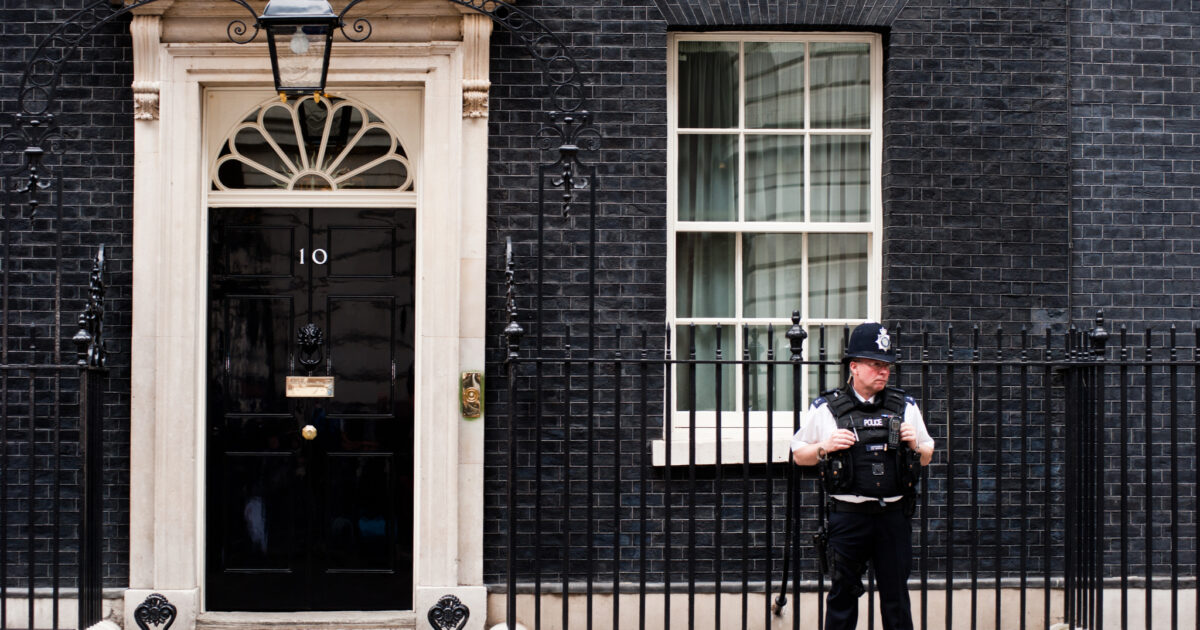Kwasi Kwarteng, a Cambridge-trained economic historian, has been Chancellor of the Exchequer, the equivalent of the Treasury Secretary in the United States, for less than a month. And it’s been an eventful month. He announced, in the “mini-budget” of last week, major tax cuts, including the abolition of the top marginal income tax rate, which are expected to reduce government revenues by important proportions. The result is that government debt appears to have been set on a new expansion course that is more unsustainable than the last one, and markets have responded with a rapid drop in the value of the pound sterling.
Pundits, politicians, and commentators have been up in arms over the mini-budget, arguing that Kwarteng must either reverse course or enact massive spending cuts (some pundits call them “savage”). The choice is presented as if it were a form of Hobson’s choice, with the reversal being the clearly preferable option. However, it’s not clear why spending cuts would be impossible.
Consider the numbers advanced by pundits regarding the necessary spending cuts. One oft-cited estimate placed the required cuts at between £37 billion and £47 billion, the highest of all the estimates I have seen. So, let’s take the upper bound of that estimate (£47 billion) and ask what share of total government spending it represents. Using the Office for Budget Responsibility, expenditures for 2022-23 are expected to stand at £1,087 billion which means a spending cut of 4.32 percent is required.
To be sure, that figure is not small. However, much larger spending cuts have been made elsewhere in the past by governments facing fiscal woes similar to Britain’s. Governments in Canada, both provincial and federal, enacted larger cuts to spending in the 1990s. The Canadian push for federal fiscal discipline started with the 1995 budget. A first reduction of 1.9 percent in program spending was followed by a reduction of 7.88 percent the following year. Program spending was then allowed to grow for some years, but at a slower rate than the overall economy. This big push in fiscal discipline in a single year helped with debt service, as financial markets were reassured with regards to Canadian treasury bonds.
Provincial governments chose the same route. Quebec slashed spending by 3.9 percent in a single year (1996-97). The populous province of Ontario made a 2.6 percent spending cut in the same year, but this was followed by zero growth in spending until 1999. The province of Alberta (with a bit more than 10 percent of Canada’s population) went the fastest and the hardest. In 1994, spending was cut by 9 percent, followed by a cut of 7 percent the next year, and a final cut of 4 percent the year after. After that point, expenditures were allowed to increase at a slower pace than the overall provincial economy.
To this day, these major fiscal reforms are still celebrated as a turning point for the Canadian economy. The consolidations in Canada, but especially those of the federal government, have been cited favorably by international scholars. The artisans of the reforms (both bureaucrats and politicians) have been frequently invited to explain why and how the reforms were enacted, notably by finance minister Paul Martin in remarks to the Kansas City Federal Reserve.
The Canadian experience suggests that it is entirely possible to enact the spending cuts that many claim are necessary to balance the announced tax cuts in Britain. I am not defending Kwasi Kwarteng’s policy, as I am not convinced that personal income tax cuts are that important to stimulating economic growth, at least not as important as removing cumbersome regulations on labor, capital, and product markets, liberalizing foreign investment, or deregulating housing markets would be. A series of such supply-side reforms might help minimize fiscal problems by accelerating growth. In fact, as part of a comprehensive package where tax and spending cuts are included, such liberalizations could indeed set Britain on a new path.
I do not know whether Kwarteng has such a package in preparation (he claims he does), nor whether he would implement any proposed package. I do know, however, that if he wants to get the fiscal part of that package right, Canada is the government to ask how it’s done.




